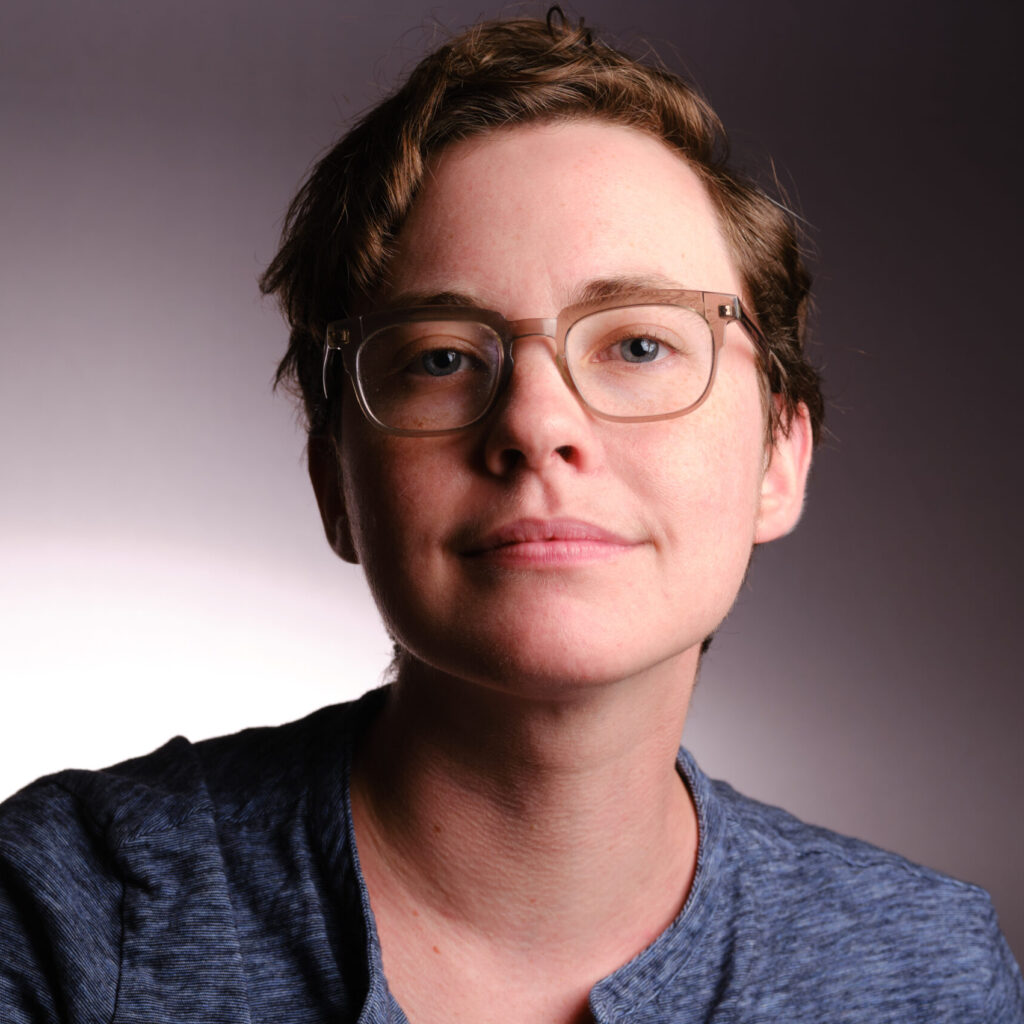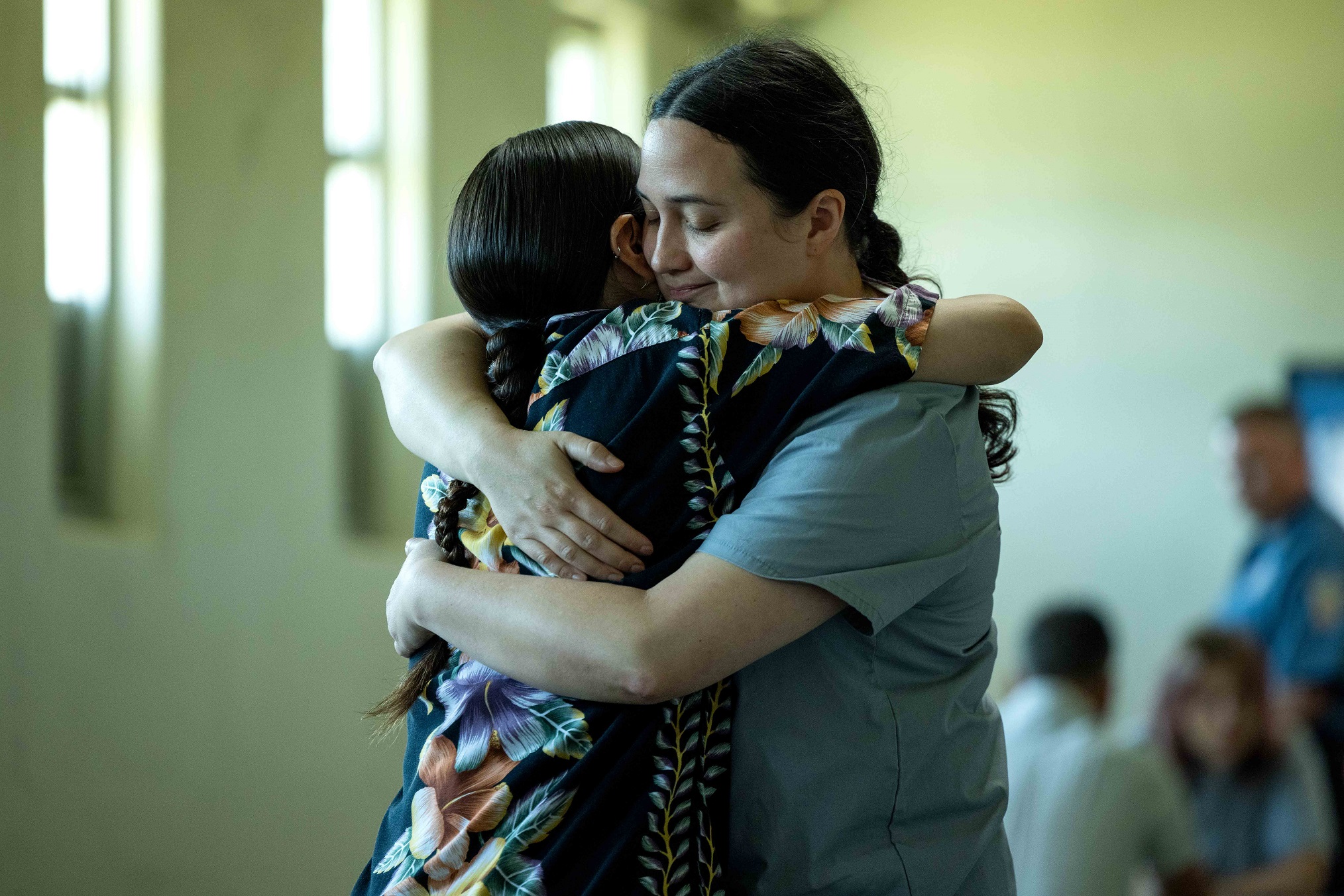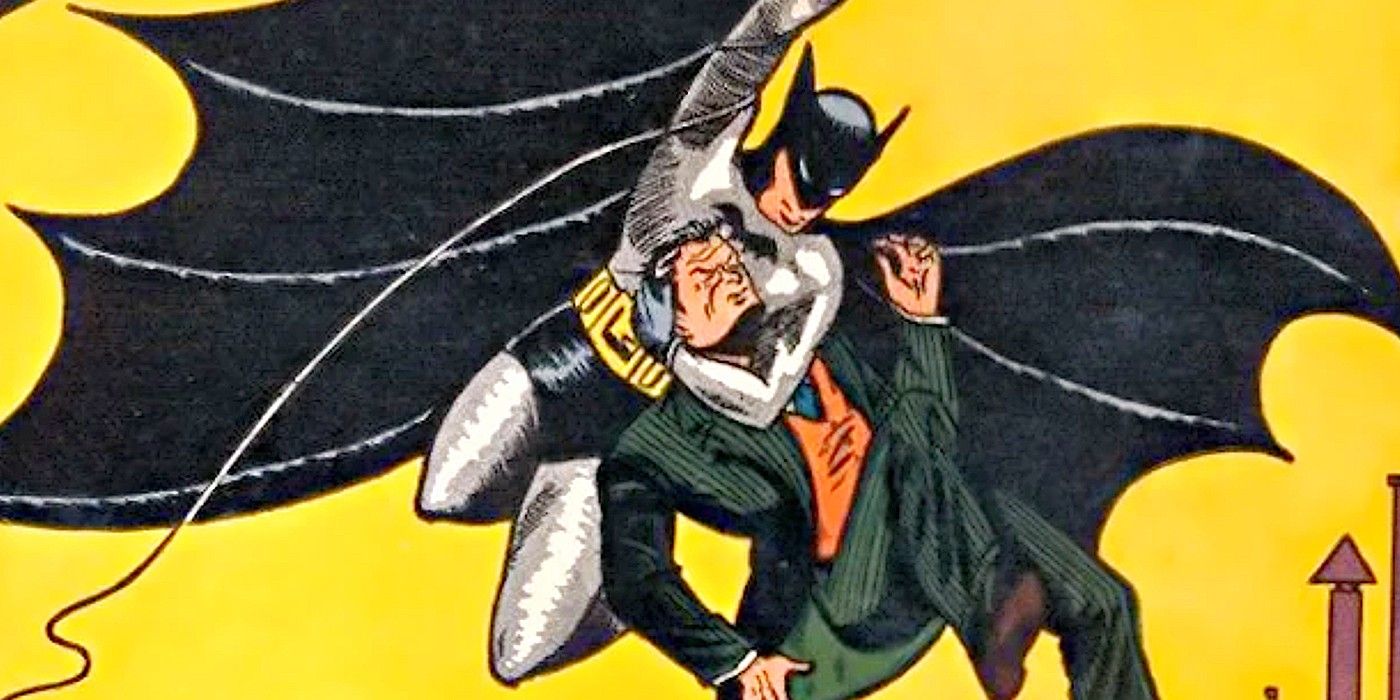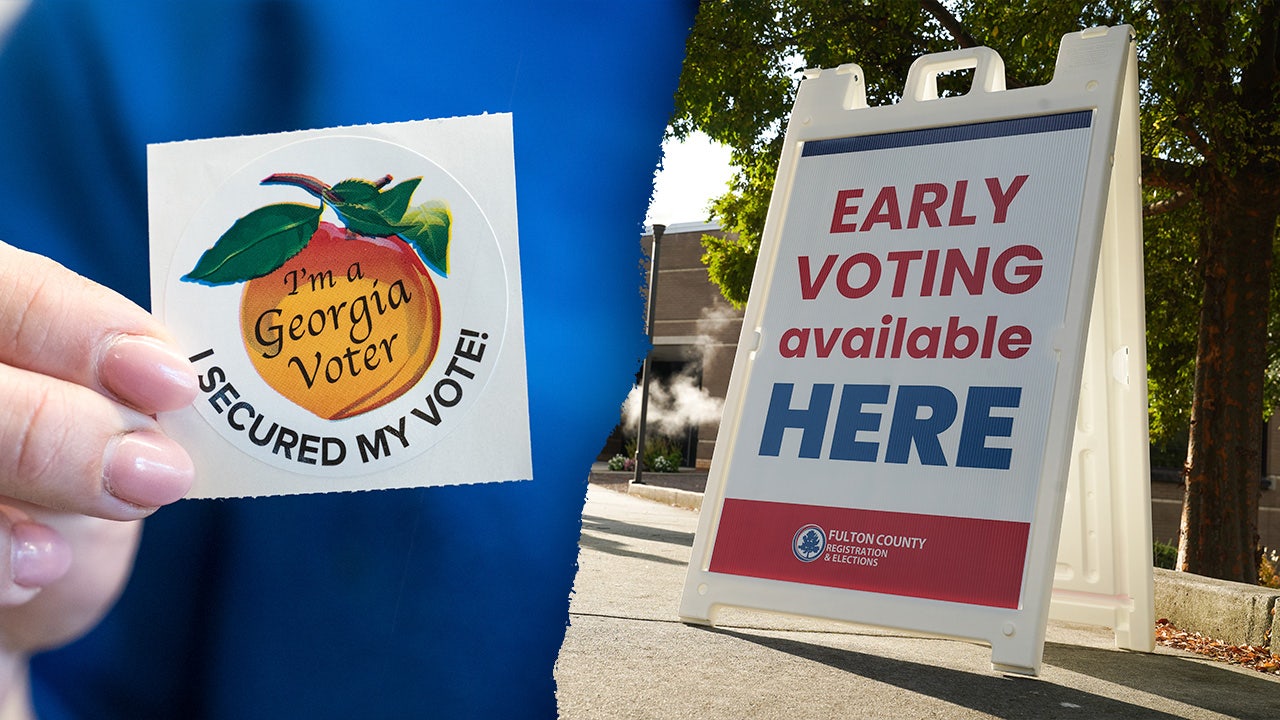James Frankie Thomas’s debut novel Idlewild tells the story of Fay and Nell: queer, sardonic, delightfully weird best friends at a Quaker high school in 2002 Manhattan whose friendship falls apart when they meet two queer boys in a campus production of Othello. Told both in 2002 and in 2018 as Fay and Nell reflect on the friendship that shaped them, Idlewild is a compulsively readable, sincerely funny, nostalgic ode to adolescence. Throughout the novel, Thomas captures the obsession innate to being a teenager with skillful sincerity and paints a uniquely beautiful portrait of a young trans man.
I chatted with Thomas by phone to talk about fan fiction, Donna Tartt, the horniest book he’s ever read, and more.
Ariél Martinez: Tell me about the first kernel of the book.
James Frankie Thomas: I got my undergraduate degree at City College, the CUNY school, when I was in my late twenties. I was an English major, so one of the required classes was poetry. I had this wonderful professor, Michelle Valladarez, and one week she said, “Your prompt is high school.” I had never written anything about high school and I thought, “How am I going to touch the subject of this happiness that I’ve never looked at or revisited within the space of a short poem?” I wrote this mysterious, odd little poem, and what’s interesting is when I look at the poem now, it’s weirdly a beat-for-beat rehearsal for Idlewild. That assignment unlocked a new way of thinking about high school—not just about the experience of high school, but about that historical era.
AM: I was struck by how present New York is in the book, and specifically a bygone New York. How did you go about capturing it?
JFT: It was interesting to write about New York because it’s not just New York that the novel takes place in, but very specifically New York in 2002. It spans 1999 to 2003, and then there’s also the framing device set in 2018. That’s a tricky time to write about because it wasn’t that different, but it’s different enough that if you don’t think very seriously about what has changed in the 20 years since then, you will make mistakes and the mistakes will come out. There was not a ton of nostalgia about New York in 2002, 2003. There’s a lot of nostalgia for pre-9/11 New York, but immediately post-9/11 New York is a dead zone historically, or at least it was when I was writing. I looked at a lot of photographs of protests against the Iraq War, because those were very highly photographed and that was incredibly useful in just looking at the texture of the sidewalk and the hexagonal tiles in Union Square—stuff like that. And I went a lot on my own memory.
AM: Which novels do you see Idlewild in dialogue with?



 JFT: For queer writers in their thirties and younger—and especially those of us with an attraction to trans masculinity and gay trans masculinity in particular—there is a body of literature that is very widely read among us. Without saying anything about the identities of the authors, I will say that Donna Tart is very beloved by this type of reader—especially The Secret History. I wrote my Iowa masters thesis on this body of literature, which includes The Secret History, The Goldfinch, A Little Life, which is very polarizing, The Talented Mr. Ripley. Those are the most obvious candidates. I see Idlewild as aspiring to belong on this list, but distinct from these other authors in that I’m not only trying to appeal to readers who are inclined to gay trans masculinity but I’m consciously and intentionally writing towards that aesthetic.
JFT: For queer writers in their thirties and younger—and especially those of us with an attraction to trans masculinity and gay trans masculinity in particular—there is a body of literature that is very widely read among us. Without saying anything about the identities of the authors, I will say that Donna Tart is very beloved by this type of reader—especially The Secret History. I wrote my Iowa masters thesis on this body of literature, which includes The Secret History, The Goldfinch, A Little Life, which is very polarizing, The Talented Mr. Ripley. Those are the most obvious candidates. I see Idlewild as aspiring to belong on this list, but distinct from these other authors in that I’m not only trying to appeal to readers who are inclined to gay trans masculinity but I’m consciously and intentionally writing towards that aesthetic.
AM: Nell and Fay writing secret fan fiction together plays a prominent role in Idlewild. What was it like writing fan fiction in Idlewild?
JFT: It was the most difficult part of the process. It changed with every draft because I just could not strike the balance. I wanted it to be funny, but I didn’t want it to be so exaggeratedly stupid that you could not believe these characters would write it. Fay and Nell are pretty smart and kind of snobby, so they wouldn’t write something dreadful. I kept running against an embarrassment and resistance in myself. I could see that I had trouble fully letting go and making it just as horny and sexually uninhibited as it needed to be, because writing something horny is a different headspace you need to get into than writing the rest of the novel. It was an interesting exercise to write something not exactly bad on purpose, but to incorporate porn into a literary novel. Much more challenging than I expected and I learned a valuable lesson: Writing erotica is really difficult.
AM: What’s the horniest book you’ve ever read?
 JFT: One of my all-time favorite novels is The Swimming Pool Library by Alan Hollinghurst. I read that one for the first time when I was auditing a queer novels graduate seminar at City College and it just rocked my world. It’s about the sluttiest hot young man in the early ‘80s, just fucking every man he sees. The idea that you could get on the subway and make eye contact with a man and a silent understanding will pass between the two of you and then you’ll be going at it in a public restroom the second you get off the train—it was so sexy to me. I was so excited to come to class and talk about it. I realized to my horror in class that everyone else hated the book and felt that the main character was such a selfish, indolent piece of shit—which he is—and I felt a little exposed that I’d come in all excited about it.
JFT: One of my all-time favorite novels is The Swimming Pool Library by Alan Hollinghurst. I read that one for the first time when I was auditing a queer novels graduate seminar at City College and it just rocked my world. It’s about the sluttiest hot young man in the early ‘80s, just fucking every man he sees. The idea that you could get on the subway and make eye contact with a man and a silent understanding will pass between the two of you and then you’ll be going at it in a public restroom the second you get off the train—it was so sexy to me. I was so excited to come to class and talk about it. I realized to my horror in class that everyone else hated the book and felt that the main character was such a selfish, indolent piece of shit—which he is—and I felt a little exposed that I’d come in all excited about it.

AM: I’ve never read a book with a character quite like Fay, who I ended up loving so much. What was writing Fay like?
JFT: It’s a very bizarre story because when I started writing this novel I had a very clear conception in my mind of Fay and Nell, and it was there from the very beginning. At the time that I started writing, I hadn’t yet begun to consider that I was trans. In my first year at Iowa, I took a novel writing course with Paul Harding. My workshop was discussing an unfinished first draft of Idlewild and the teacher said something like, “It’s an interesting choice the author is making to withhold the fact that Fay is probably narrating from adulthood as a trans man, but it’s telegraphed pretty clearly from the first page.” He asked the class, “What do we think?” And everyone went around and said, “Yeah I also had that thought—it’s not really working to save that as a big twist.” And I was sitting there, not able to talk because you’re silent during your workshop, with a giant exclamation point on my head thinking how weird that they all read it wrong, and they read it wrong in the exact same way.
I scheduled a private meeting with Paul Harding, who is a wonderful cis straight white man and not really the person to consult about this, but he’s a wonderful writer so I asked him, “What if my intention was for Fay to be a little gender-weird and not like other girls but not ready to claim other labels for herself?” Looking back, I’m clearly talking about myself. A few months later, I had the good fortune to meet my first gay trans man and within minutes of meeting him and understanding that gay men could be trans I was like Oh, okay, yeah. This gay trans man who I met was talking about how as a teen he wrote gay Sherlock Holmes slash fiction and his source for the gay Sherlock Holmes slash fiction was a nonfiction book about Victorian homosexuality that I had also been obsessed with as a teen, and I was like, “What are the odds that we both read this book about Victorian homosexuality? Like that’s so crazy!” He did not find it crazy. He was like, “We’ve all read that book.” I was like, “What? Who’s we?” And he’s like, “You know, all trans men.” And then he asked what my pronouns were. And I was so confused, I couldn’t answer the question. He was leaps and bounds ahead of me. But it all changed on that night. And so did the novel. I could not finish the novel without saying the quiet part out loud which is the very strange story of writing Fay. And also myself.


























































